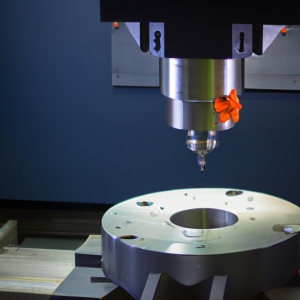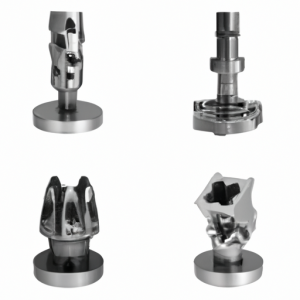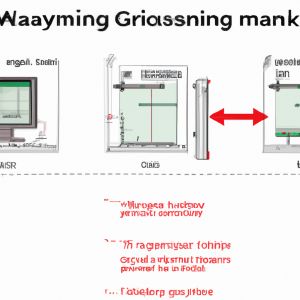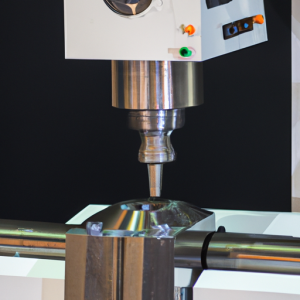CNC boring mills, also known as CNC horizontal boring mills, are advanced machining tools used for precision boring operations in the manufacturing industry. These machines are designed to create precision holes and cylindrical shapes in large and heavy workpieces. With the use of computer numerical control (CNC) technology, these mills are capable of repetitive and accurate machining with minimal human intervention.
We will discuss the technical characteristics, usage tips, brand comparison, development prospects, and global sales data of CNC boring mills.
Technical Characteristics
CNC boring mills come in various sizes and configurations to cater to different industrial needs. They can range from small tabletop models to large floor-mounted machines. The most common types of CNC boring mills are horizontal, vertical, and planer mills.
Horizontal CNC boring mills have a spindle mounted horizontally and are suitable for heavy-duty machining of large workpieces. Vertical CNC boring mills have a spindle mounted vertically, and they are used for machining smaller workpieces. Planer CNC boring mills have a fixed worktable and a movable cross rail, making them ideal for machining irregularly shaped workpieces.
One of the key technical characteristics of CNC boring mills is their ability to perform multiple machining operations, such as drilling, milling, and tapping, in a single setup. This not only increases efficiency but also improves accuracy. Moreover, these machines are equipped with automatic tool changers, enabling them to switch between tools quickly and seamlessly, reducing downtime.
Usage Tips
CNC boring mills are versatile machines that can handle a wide range of tasks, making them an essential tool in any machining facility. Here are some useful tips for using CNC boring mills effectively:
- Select the right tooling: Choosing the right tooling is crucial for achieving accurate and efficient results. It is essential to understand the material being machined and select the appropriate tool and cutting parameters accordingly.
- Optimize cutting parameters: CNC boring mills have the capability to adjust cutting parameters such as spindle speed, feed rate, and depth of cut. Optimizing these parameters can significantly improve the efficiency of the machining process.
- Set up the tooling correctly: Improper tool setup can lead to tool wear and increase the risk of accidents. It is crucial to follow the manufacturer’s specifications for tool setup to ensure safe and efficient operation.
- Use appropriate workholding: CNC boring mills require a stable and rigid workholding system to ensure precise machining. It is essential to select the appropriate workholding method based on the size and shape of the workpiece.
Brand Comparison
There are several reputable brands that offer a wide range of CNC boring mills. Here are some of the top brands and their key features:
- DMG MORI: DMG MORI offers a range of horizontal and vertical CNC boring mills with high spindle speeds and powerful cutting capabilities. Their machines are known for their accuracy and exceptional surface finish.
- Haas: Haas is a leading brand in the CNC industry, offering a range of horizontal and vertical CNC boring mills. Their machines are known for their reliability, easy operation, and high productivity.
- Mazak: Mazak is a well-known brand in the machining industry, with a range of advanced CNC boring mills that offer high-speed cutting, precision, and flexibility.
- Toshiba Machine: Toshiba Machine offers a full range of CNC boring mills with a variety of configurations, including horizontal, vertical, and planer mills. Their machines are known for their high rigidity and accuracy.
Development Prospects
The global CNC boring mill market is expected to grow at a CAGR of around 8% in the forecast period 2021-2026. The increasing demand for automation in various industries, such as automotive, aerospace, and oil and gas, is the primary factor driving the growth of this market. The advancements in CNC technology, such as the integration of Internet of Things (IoT) and artificial intelligence (AI), are also expected to contribute to the market’s growth.
Moreover, the growing trend of Industry 4.0, which emphasizes the use of smart manufacturing technologies, is also expected to boost the demand for CNC boring mills. Additionally, the rise in demand for efficient and accurate machining of complex and large workpieces is further fueling the growth of this market.
Global Sales Data
According to a recent market research report, the global CNC boring mill market was valued at USD 2.4 billion in 2020 and is projected to reach USD 3.8 billion by 2026. Asia-Pacific region dominates the market, with China, India, and Japan being the major contributors. The increasing industrialization and growth of the manufacturing sector in this region are driving the demand for CNC boring mills.
North America and Europe are also significant markets for CNC boring mills, with the US, Germany, and the UK being the major contributors. The growth in these regions is driven by the increasing demand for manufacturing automation and the presence of key players in the market.
CNC boring mills are essential tools in the manufacturing industry, enabling precise and efficient machining of large workpieces. With the continuous development of CNC technology and increasing demand for automation, the market for CNC boring mills is expected to grow significantly in the coming years.
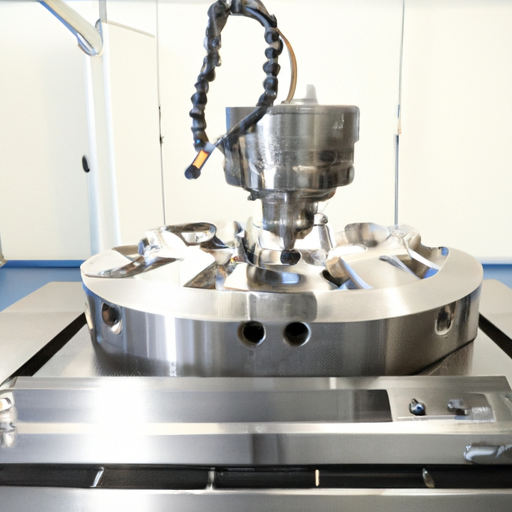
Can a milling machine be used for boring?
Cutters of many shapes and sizes are available for a wide variety of milling operations. Milling machines cut flat surfaces, grooves, shoulders, inclined surfaces, dovetails, and T-slots. Vertical milling machine is used for the boring but horizontal milling machines cannot be used for boring.
Is a mill better than a lathe?
It’s hard to say which one is better, as they serve different purposes and excel in different tasks.
A mill is a machine that uses rotating cutters to remove material from a workpiece by advancing it into a fixed cutter. It is primarily used for cutting and shaping flat or curved surfaces on a workpiece, creating slots, and drilling holes.
A lathe spins a workpiece while a stationary cutting tool removes material from it. It is typically used for creating cylindrical or curved shapes, such as turning a wooden bowl or machining a metal shaft.
WEISH CNC MASTER is a company that integrates the production, design, manufacturing, trade, and service of CNC machine, providing high-quality and efficient CNC machine worldwide.We can provide you with various high-quality machine tools at competitive prices. Our product has obtained CE certification.
The design and manufacture of 3d cnc wire bending machine comply with ISO international standards, and the units of measurement for all parts of the machine tools and various instruments all adopt international unit standards.

